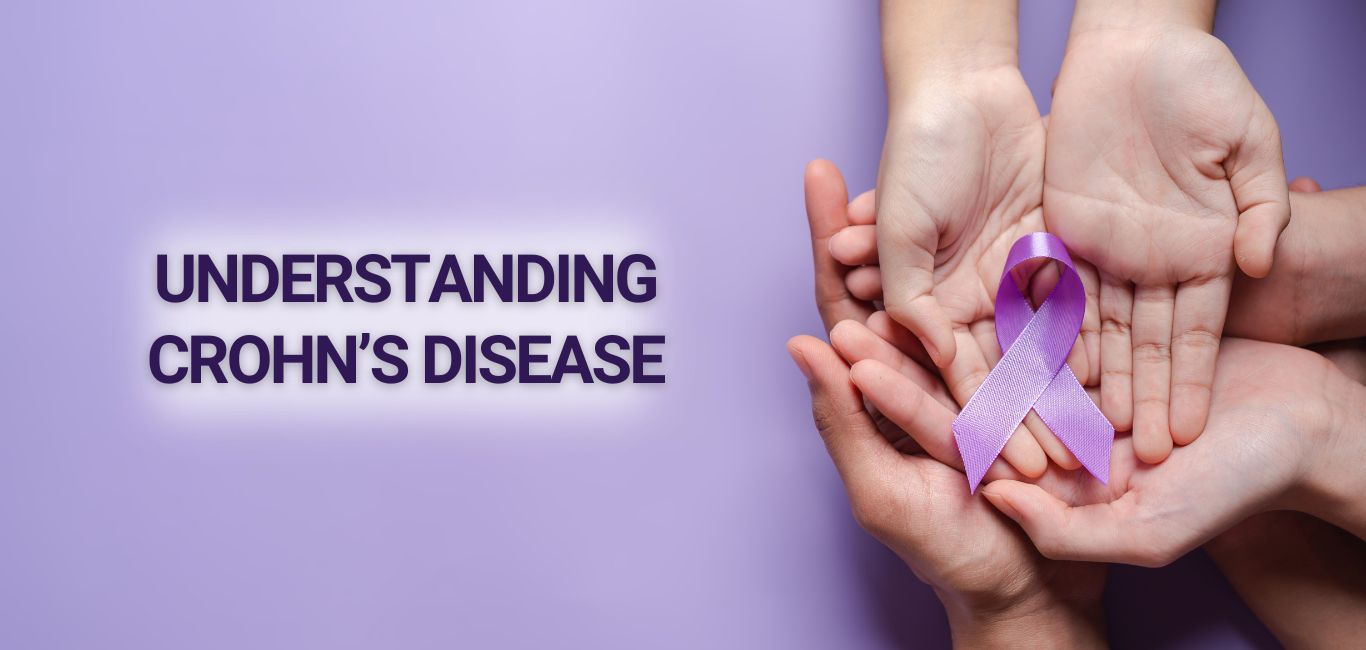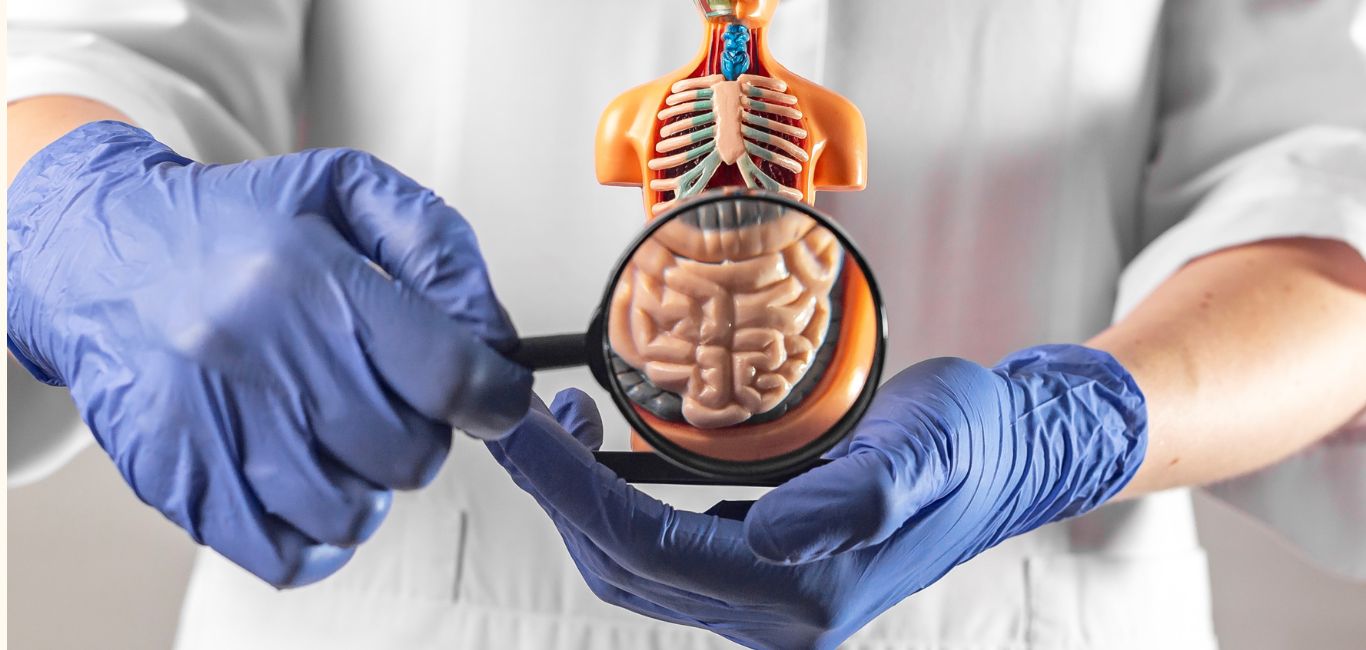
Our gastrointestinal tract plays a crucial role in the intake and absorption of nutrients in the body. For those with neurological conditions, consuming food orally can be challenging. So, how do they get the nutrition they need?
“[In such condition], feeding is facilitated via a tube inserted in stomach or different regions of small intestine, also known as enteral nutrition,” says Dr Piyush Ranjan, senior consultant and vice chairman, Department of Gastroenterology, Sir Gangaram Hospital, New Delhi.
Enteral nutrition is a mechanism to provide nutrition directly through the gastrointestinal tract. If a person is unable to eat or drink orally, nutrition is provided via different routes that provide access to gastrointestinal tract, he adds.
Different routes of enteral nutrition
In enteral nutrition, the most important factor is a functionally normal gastrointestinal tract. Thereafter tubes are inserted through various access routes:
- Naso-gastric tube: In this, a tube is inserted into the stomach via nose and specially prepared feed is provided.
- Naso-jejunum tube: Jejunum is the second part of the small intestine beyond duodenum. If a person has obstruction in stomach or duodenum or has acute pancreatitis, a long tube is placed directly in the jejunum.
- Percutaneous endoscopic gastrotomy (PEG): In this technique, a tube is placed in the stomach by first puncturing skin and then stomach with the help of endoscopy. After this, feed is given through this tube into the stomach. In some cases, percutaneous endoscopic jejunostomy is done wherein the feeding tube is placed directly into jejunum.
Enteral nutrition is provided in many conditions
“These procedures are done in people with stroke, muscular dystrophies, or neurological problems such as amyotrophic lateral sclerosis (ALS) or Parkinson’s disease for whom feeding through mouth is not possible. Generally, these people are bedridden and to sustain them, feeding is done via these routes,” says Dr Ranjan.
In persons having short bowel syndrome or intestinal obstruction, nutrition through IV tube (parenteral nutrition) can be given temporarily. Otherwise, whenever possible, early enteral nutrition is the preferred mode of nutrition, he adds.
Nutrition budget of a person is supervised by dietitian
Once supplementation is decided, the dietitian calculates the total calories, proteins, and fats to be given, depending on the need of the person. “Usually, 35 to 40 kilocalories per kilogram body weight is required. Generally, in a diet, 20-30 per cent should be protein, 20 per cent fat and under 50 per cent are carbohydrates,” says Dr Ranjan.
In specific situations, diet can be modified. For example, in case of kidney failure where protein intake is restricted or those in catabolic states who are losing muscle mass and require more protein, the feed is made accordingly. Thereafter, the primary health condition responsible for enteral nutrition is managed, adds Dr Ranjan.
Kitchen feed — most sustainable nutrition source
The most sustainable source of nutrition is kitchen feed coming from the hospital kitchen and supervised by a dietitian. The kitchen feed is a polymeric diet made from food we eat every day and provides balanced nutrition.
“The feed is prepared in which normal food is blended in a base (either milk or any other base). Thereafter it is well strained and then given through a tube. If it is not properly blended and strained, the access tube may get blocked,” says Dr Ranjan. Normally, it contains one kilo calorie per ml. If we are feeding 2,000 ml to a person, it delivers 2,000 kilo calories, he adds.
This calculation is based on the standard available dietary charts that describe the nutritional content of any food material. Supplemental extra protein, vitamins and other micronutrients can be added during preparation, he adds.
Formula feeds are also an option
There are certain commercially available formula feeds of different types such as polymeric feed, semi-digested feed, semi-elemental or an elemental feed that has to be chosen depending upon the need, he adds.
Semi-digested feed has proteins in the form of peptides. Persons with malabsorption or Crohn’s disease can use semi-elemental or elemental feed where protein is broken down in the form of small peptides or amino acids for adequate absorption, Dr Ranjan elaborates.
Can enteral nutrition be given continuously or intermittently?
“It depends on the tolerance of patients. Most preferred way is to give nutrition through a gravity bag (bag kept at a height connected to tube) as continuous infusion that prevents bloating and other issues in the recipient,” says Dr Ranjan.
Alternatively, food can be pushed through the feeding tube as bolus, if tolerated by the person.
Enteral nutrition duration depends upon recovery
The duration of enteral nutrition depends on the health condition for which it has been started. If a person is recovering as in case of stroke, the tubes are removed whenever the person is fit to start eating orally, says Dr Ranjan.
In neurological conditions where the recovery is slow or not possible, enteral nutrition is provided for a long duration at home. Usually, family members learn to grind food such as cooked rice, dal, and others in blender, strain and push it through the tube, he adds.
Minor side effects
“If one is using formula feeds, some people may have diarrhoea, bloating or other issues. The diet needs to be modified accordingly,” says Dr Ranjan.
Generally, infection does not occur with enteral tubing. However, local care and control needs to be taken care of to prevent infections. It is treated with antibiotics along with tube replacement, he adds.
In PEG, infection can occur at the site from where the tube is coming out from skin. In severe infection, tubing needs to be changed or placed at a different site, says Dr Ranjan.
Important precautions
- Calculate the adequate amount of nutrients to be given
- Ensure that person is not vomiting, intolerant or has diarrhoea
- The access tube is not blocked through which the feed is given
- Replace the feeding tube upon any damage, blockage or infection
Enteral nutrition is much better than using parenteral nutrition as it keeps the gastrointestinal tract working and the chances of infection are much less. In any case, early enteral nutrition is recommended, says Dr Ranjan.

















